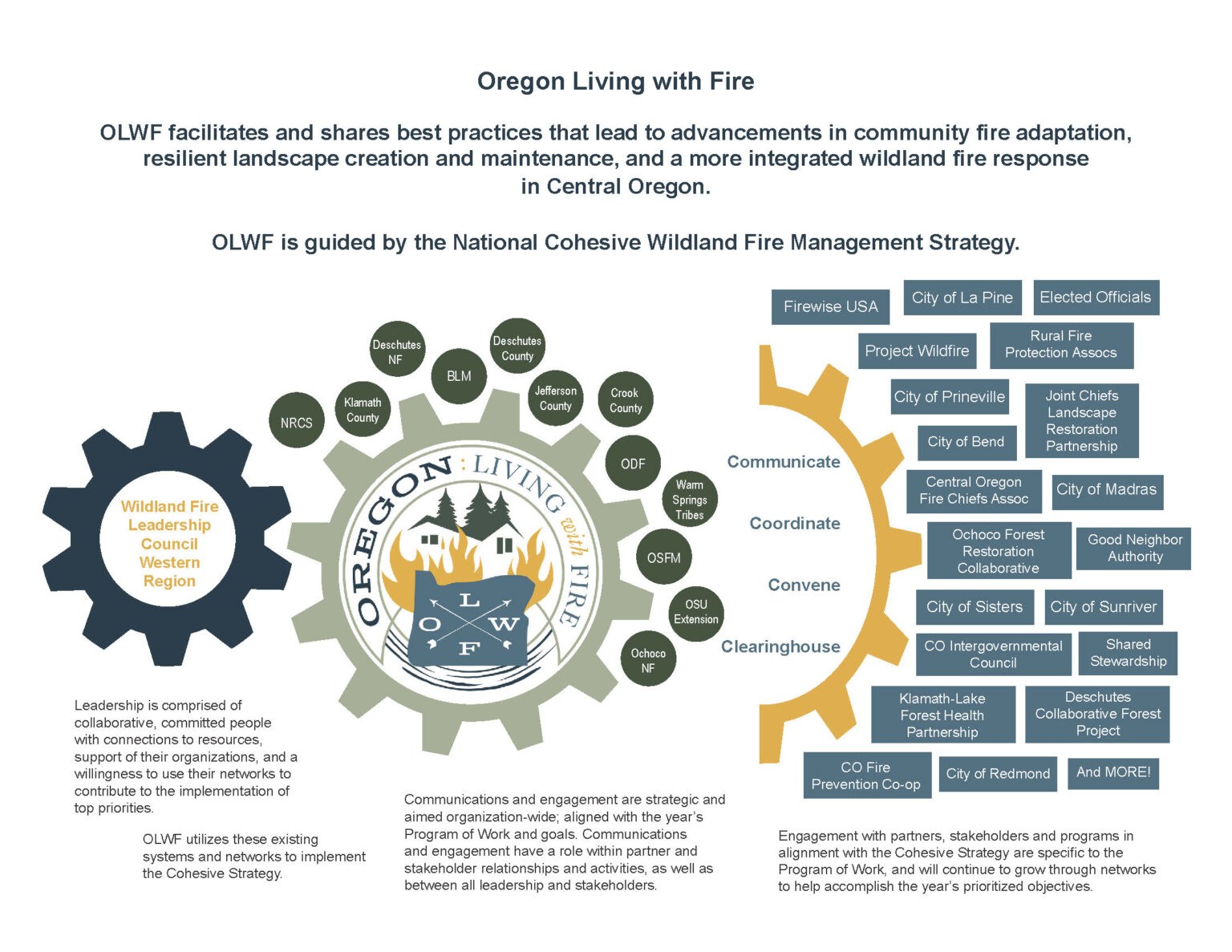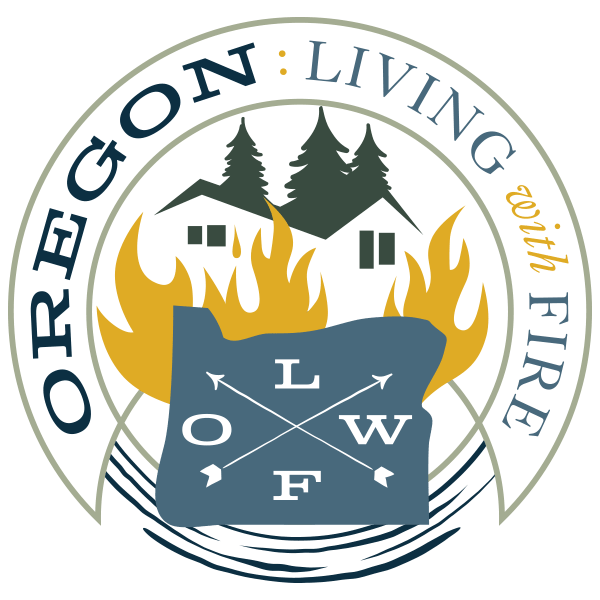About
To safely and effectively extinguish fire, when needed; use fire where allowable; manage our natural resources; and collectively, learn to live with wildland fire.

The Cohesive Strategy is an "All Hands, All Lands" approach.
Resilient Landscapes
Landscapes, regardless of jurisdictional boundaries are resilient to fire, insect, disease, invasive species and climate change disturbances, in accordance with management objectives.
Fire Adapted Communities
Human populations and infrastructure are as prepared as possible to receive, respond to, and recover from wildland fire.
Safe, Effective, Risk-based Wildfire Response
All jurisdictions participate in making and implementing safe, effective, efficient risk-based wildfire management decisions.
updated management options (2023)
Resilient Landscapes
- Expand or maintain prescribed fire in areas of current use.
- Expand prescribed fire in areas of limited current use.
- Utilize prescribed fire on a limited basis.
- Manage wildfires for resource objectives in forested areas.
- Manage wildfires for resource objectives in non-forested systems.
- Manage wildfires for resource objectives in areas where increased awareness of community risk is necessary.
- Use non-fire fuels treatments supported by forest products industry.
- Use non-fire fuels treatments in non-forested areas.
- Use non-fire fuels treatments in areas with limited economic markets.
- Use fuels treatments as precursors to prescribed fire or managed wildfire.
- Use science and traditional, place-based ecological knowledge (TEK) to inform climate-smart land and fire management.
- Use predicted future conditions under climate change as potential reference conditions for the proactive use of wildland fire.
- Manage landscapes and fuels for fire regimes altered by climate change, fire and other concurrent and cascading factors.
Fire Adapted Communities
- Focus on home defensive actions.
- Focus on combination of home and community actions.
- Adopt strong building and construction codes in municipal areas.
- Adopt strong building and construction codes in non-municipal areas (including WUI and interface codes.)
- Prepare for and mitigate post-fire impacts, focus on community mitigation, evacuation and recovery planning.
- Reduce accidental human-caused ignitions, including those caused by electrical system infrastructure.
- Reduce human caused incendiary ignitions.
- Focus on community smoke readiness.
- Work with public health agencies, tribes, and partners in addition to land and fire management stakeholders for community resiliency.
- Incentivize communities to adopt codes, standards and zoning ordinances and to implement stronger land-use planning activities.
- Create local collaboratives, forums and/or governance for communities to learn about, share and complete this work.
- Empower communities to leverage assets to enhance wildfire resilience.
- Engage the community in local solutions and decision-making.
- Leverage and develop DEI action plans that institutionalize more racially just institutions and workforce diversity in wildland fire programing.
- Consider equity ind inclusivity in budgeting, and contracting.
Safe, Effective, Risk-based Wildfire Response
- Prepare for large, long-duration wildfires.
- Protect structures and target landscape fuels.
- Protect structures and target prevention of ignitions.
- Increase the range of local roles, and access to training and equipment.
- Provide for the health and well-being of the local workforce.
- Utilize a comprehensive recruitment, development and retention strategy to keep pace with workforce needs.
Wildland fire does not recognize jurisdictional boundaries.
Working together, we can do more to achieve the goals — to restore and maintain resilient landscapes across all jurisdictions; prepare communities so they can live with and withstand a wildfire without loss of life and property; and safely, efficiently, and effectively respond to wildfires when they happen.
